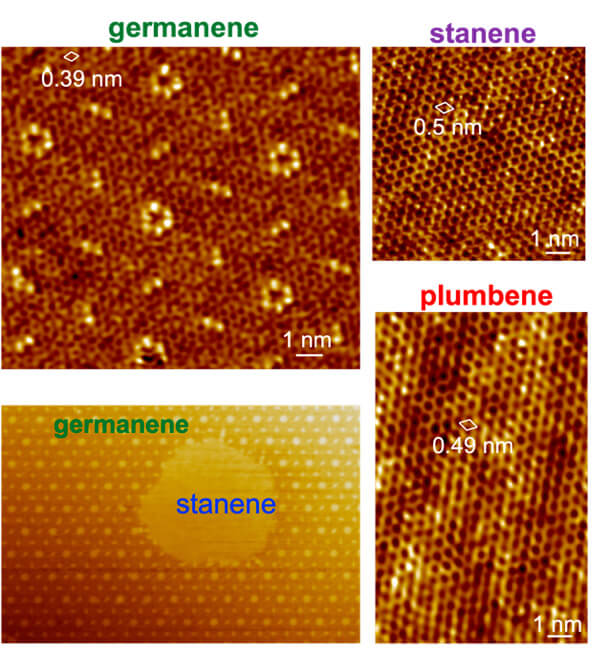SEMINAR 2024
Growth of group 14 elemental post-graphene materials
| Speaker | Junji Yuhara, School of Engineering, Nagoya University, Japan |
| Date/Time | Tuesday, 13 Aug, 3PM |
| Location | Conference room: S11-02-07 |
| Host | Prof Andrew Wee |
Abstract
The synthesis and characterization of post-graphene materials have been intensively studied to utilize novel two-dimensional (2D) properties. Most studies adopted molecular beam epitaxy to synthesize 2D materials grown on clean, crystalline surfaces. In my talk, I will talk on the epitaxial growth of (1) germanene, (2) stanene, lateral heterostructure, and (3) plumbene by segregation and deposition methods.
Germanene is formed on Ag(111) thin films grown on Ge(111) after annealing, where Ge atoms segregate to the surface. Low-energy electron diffraction and scanning tunneling microscopy images confirm its incommensurate spots and honeycomb structure with minimal buckling.
Stanene is synthesized on an Ag2Sn surface alloy by Sn deposition. The alloy’s lattice closely matches that of free-standing stanene, making it ideal for large-area planar stanene growth due to its chemical inertness to Sn atoms.
Plumbene is grown on Pd1-xPbx(111) alloy surfaces by depositing Pb atoms, which dissolve into the Pd crystal and segregate upon annealing. STM images show a unique morphology resembling the Weaire-Phelan structure from Beijing’s Olympic “WaterCube”.


Biography
Junji Yuhara received his doctoral degree in 1995 from Nagoya University. From 1991 to 1992, he studied at the University of Michigan as a Japanese Government-Sponsored Student. In 1995, he was appointed Assistant Professor at Nagoya University. From 2002 to 2003, he did postdoctoral work with Prof. P. Varga group at the Vienna University of Technology. In 2003, he was appointed Associate Professor at Nagoya University. He conducted a bilateral research program between NUS (Prof. A. Wee and Prof. C. Wei.) and Nagoya Univ. from 2006 to 2008.
He has a wide range of research interests in synthesizing atomic-scale materials on solid surfaces, including two-dimensional alloys, post-graphene materials, oxide quasicrystal ultra-thin films, and nanodots array on nanomesh.
